It's common to clean your home top to bottom every spring, but after a long summer of travel and recreation, it may need a good fall cleaning as well. Use this checklist to clean your home in a way that helps you to prepare for the fall season.
- Wash all of the windows to remove the stuck-on summer bugs, dust and other summer debris.
- Give hardwood or tile floors a good sweeping and mopping. Even though most people sweep their floors and occasionally go over them with a handheld spray mop, this is a good time to give them a really thorough cleaning.
- Vacuum the carpets and shake out area rugs. If you have pets, sprinkle them with an odor eliminating powder before vacuuming.
- Clean inside of light fixtures. This includes lamp shades, kitchen light fixtures (which can easily be removed with a screw driver), and any outside sconces.
- Remove all of the contents from the kitchen cupboards and clean them. Do the same with the refrigerator.
- Do a run-down of all of the clothes in your drawers and closets. Place the clothes that you don't wear in a pile to donate to your local thrift store.
- Clean any patio or outdoor furniture. If you have a storage area, now is the time to pack the furniture away for the cold season.
Fall Cleaning Checklist [Real Simple]![Flickr CarbonNYC [in SF!]](http://blog.respage.com/blvd-loudoun-station/files/2016/09/Swept_32_640.jpg)
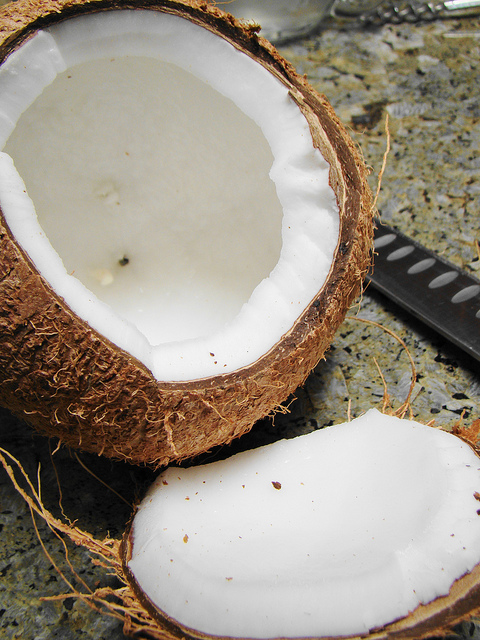

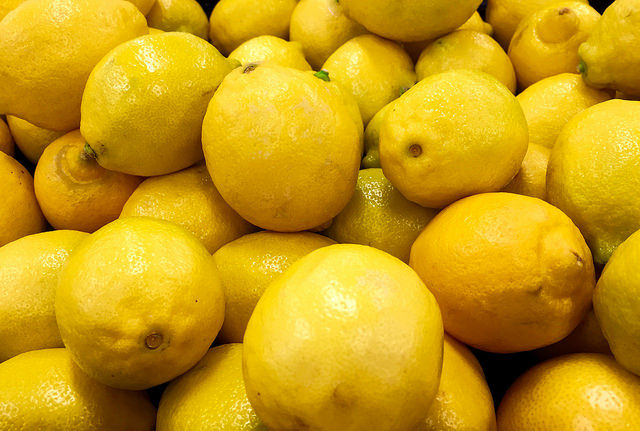

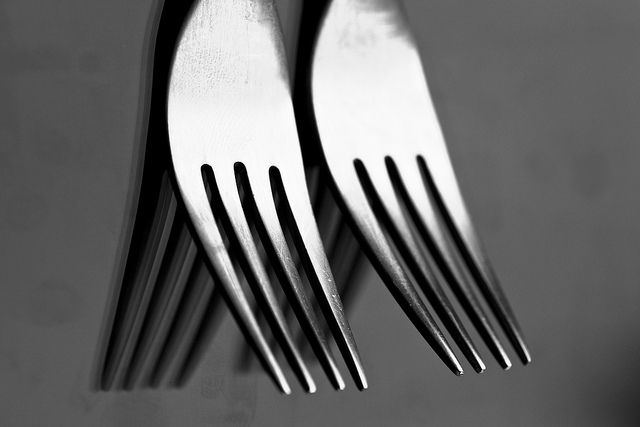
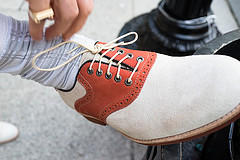
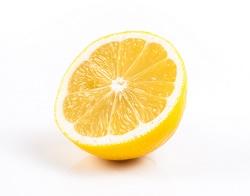

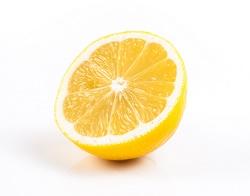
 Equal Housing Opportunity
Equal Housing Opportunity